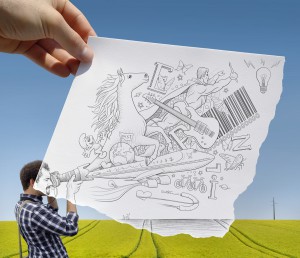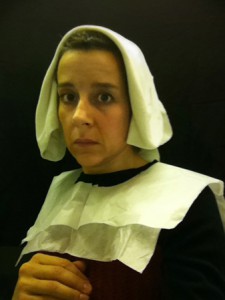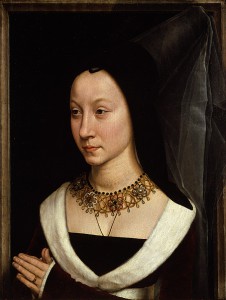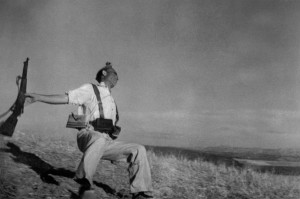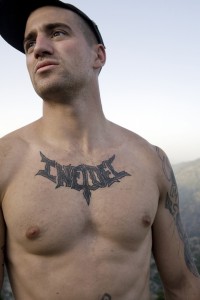 About 2 months ago, I started seeing more and more beautiful photos with all kind of effects and contrast on my friends’ facebook posts that appeared on my new-feeds. At first, I inferred that they were using photoshop or a kind of photo editing program like window media editor etc, but I was completely wrong. My friends were using this camera apps and social network called Instagram which allows them to snap a photo from the camera of their phones, edit immediately by adding or deducting effects, lighting, contrast, and whatever the users want or need in order to create the look and feeling they want to project on people when they look at their photos. After transforming the photos, users can share them with the public, friends and family in any social network, such as, Facebook, Twitter etc.
About 2 months ago, I started seeing more and more beautiful photos with all kind of effects and contrast on my friends’ facebook posts that appeared on my new-feeds. At first, I inferred that they were using photoshop or a kind of photo editing program like window media editor etc, but I was completely wrong. My friends were using this camera apps and social network called Instagram which allows them to snap a photo from the camera of their phones, edit immediately by adding or deducting effects, lighting, contrast, and whatever the users want or need in order to create the look and feeling they want to project on people when they look at their photos. After transforming the photos, users can share them with the public, friends and family in any social network, such as, Facebook, Twitter etc.
This camera application is becoming popular because it is capable of adding a dynamic look on boring original photos, people love the idea of sharing their precious moments with the world and it is quick and easy to use. However, what I dislike about this social network and apps is the idea that some people are considering themselves professional photographers because of the amount of “like” they get from users on their photos. The reality is that Instagram makes photos interesting, but cannot make them into master pieces and work of arts.
http://blog.instagram.com/

